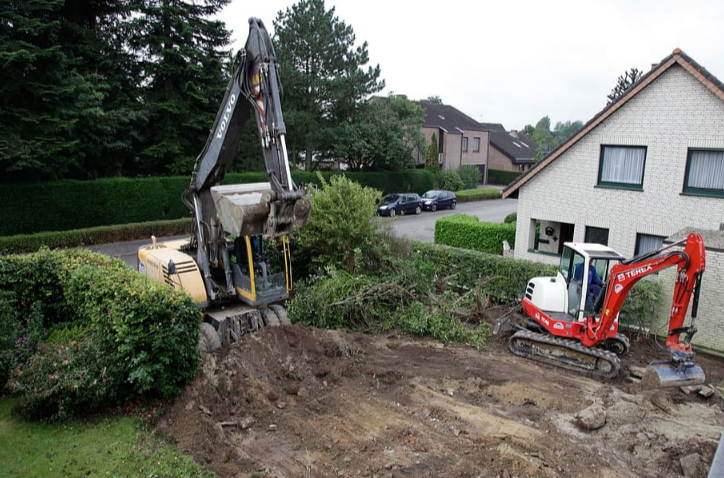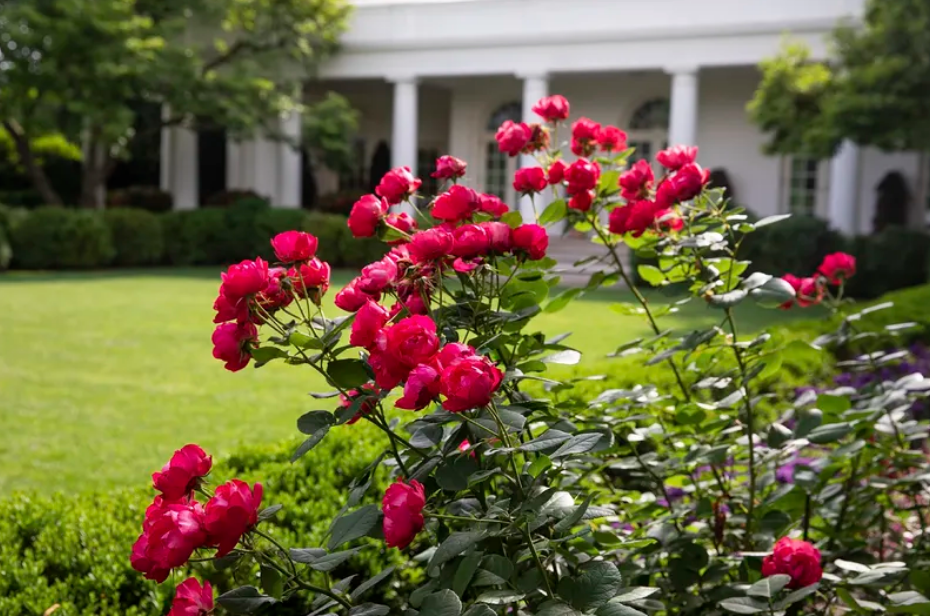Why is Tree Removal Essential for Landscape Renovation in Townsville?
Landscape renovation has the power to transform outdoor spaces, breathing new life into gardens, yards, and parks. In the process of revamping a landscape, tree removal becomes a crucial element, making way for new design elements and enhancing the overall layout. In Townsville, a vibrant city known for its stunning landscapes, and tree removal Townsville services, play a vital role in creating space for fresh possibilities.
Assessing the Need for Tree Removal in Landscape Renovation
Before embarking on a landscape renovation project in Townsville, it is essential to assess the trees within the area. Some trees may hinder the desired design, obstruct pathways, or clash with new structures. Additionally, trees that are structurally compromised or diseased pose risks to the overall landscape’s health and safety. By evaluating these factors and consulting with experts, the leading tree removal Townsville pros, the need for tree removal can be determined, ensuring a harmonious and safe transformation.

Planning the Landscape Renovation and Tree Removal Process
To execute a successful landscape renovation in Townsville, it is crucial to define the objectives and desired outcomes. Collaborating with landscape designers and arborists, the arborist expert helps in devising the most effective tree removal strategy tailored to the unique characteristics of the region. Their expertise in Townsville’s specific tree species and local regulations ensures a smooth and legal renovation process.
Selective Tree Removal for Optimal Design Integration
Selective tree removal is a key aspect of landscape renovation in Townsville, as it creates space for new design elements to flourish amidst the city’s stunning natural surroundings. By carefully identifying the specific trees that need to be removed, such as those obstructing pathways, blocking views, or impeding the desired layout, a more cohesive and functional landscape can be achieved.
Engaging Arborist certified for Professional Tree Removal Services
When it comes to tree removal as part of landscape renovation in Townsville, opting for seasoned professionals is crucial. With years of experience and expertise in arboriculture, these experts offer reliable and efficient tree removal services. As a local business, they possess an understanding of the unique demands and characteristics of the Townsville region. This ensures both environmental preservation and the safety of nearby structures. The commitment to quality and professionalism displayed by these experts makes them the preferred choice for top-notch tree removal services in Townsville.
Mitigating Environmental Impact and Promoting Sustainability
During landscape renovation, the necessity of tree removal underscores the need to mitigate environmental impact and foster sustainability in Townsville. Implementing eco-friendly practices is crucial, ensuring responsible disposal and recycling of tree debris. Repurposing wood chips or logs for mulching and composting significantly contributes to the overall vitality and eco-consciousness of Townsville’s landscape. Moreover, the promotion of indigenous or drought-resistant plant species is actively endorsed to preserve the region’s innate beauty and resilience.
Landscape Restoration and Planting of New Additions
Once the trees have been removed the landscape presents a blank canvas for restoration and new additions in Townsville. Their expertise extends to landscape restoration, offering guidance on selecting suitable plant species that complement the renovated landscape design. With their tree care and maintenance services such as tree lopping, tree trimming & pruning, and stump grinding, the newly planted vegetation thrives, integrating seamlessly into the transformed landscape.
Contact Tree Removal Townsville Expert
Landscape renovation holds the promise of transforming outdoor spaces into beautiful and functional havens in Townsville. With the expertise of tree removal services, the process becomes even more seamless and effective. By carefully assessing the need for tree removal, planning the renovation process, and engaging professional services, Townsville residents can revitalize their landscapes into thriving and harmonious environments.
With a deep understanding of Townsville’s unique landscape characteristics, these specialized services offer tree lopping, tree trimming & pruning, stump grinding, and tree removal, creating space for the remarkable transformation of outdoor spaces. Commitment to quality, professionalism, and sustainability ensures that the natural beauty of Townsville is preserved while integrating new design elements.
Embrace the power of tree removal in landscape renovation and unlock the full potential of your outdoor space in Townsville. Contact today to take the first step towards a landscape that reflects your vision and enhances the beauty of this vibrant city.








